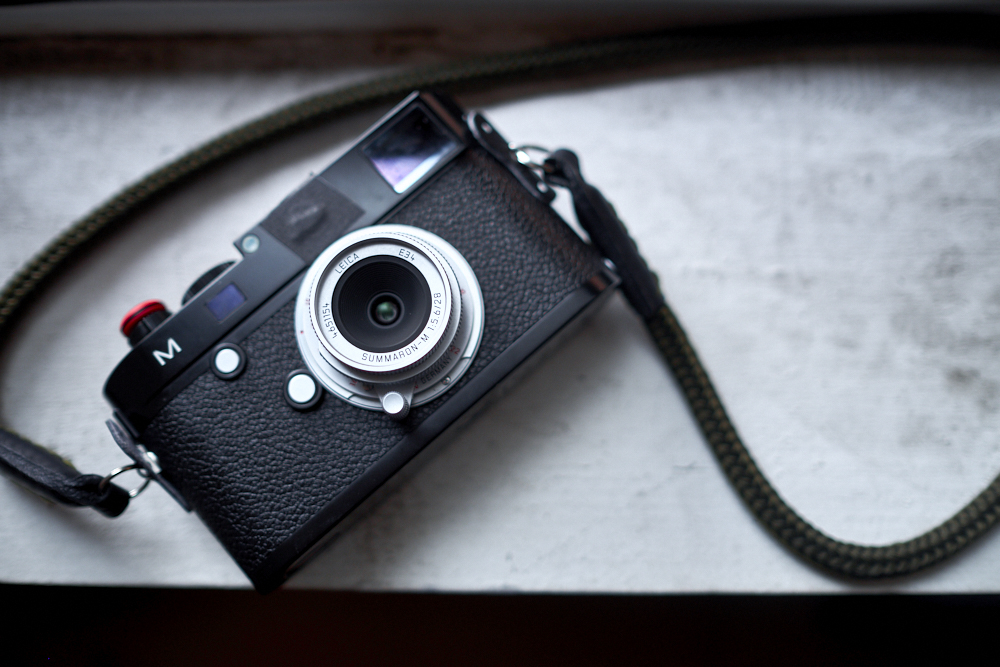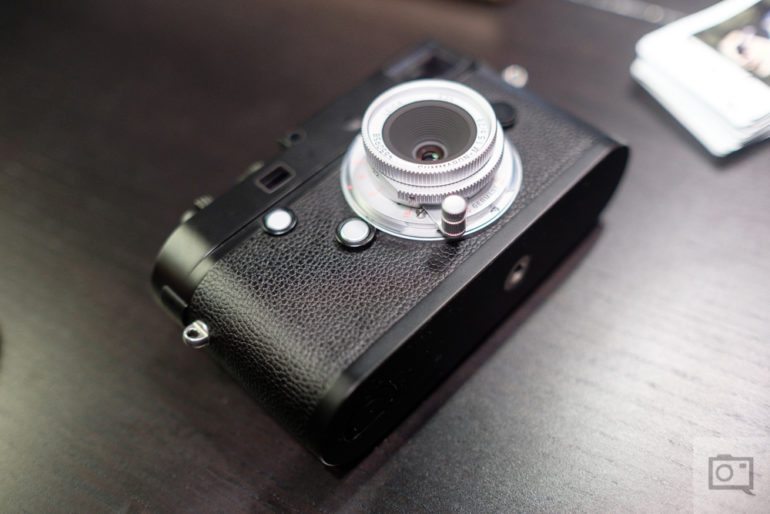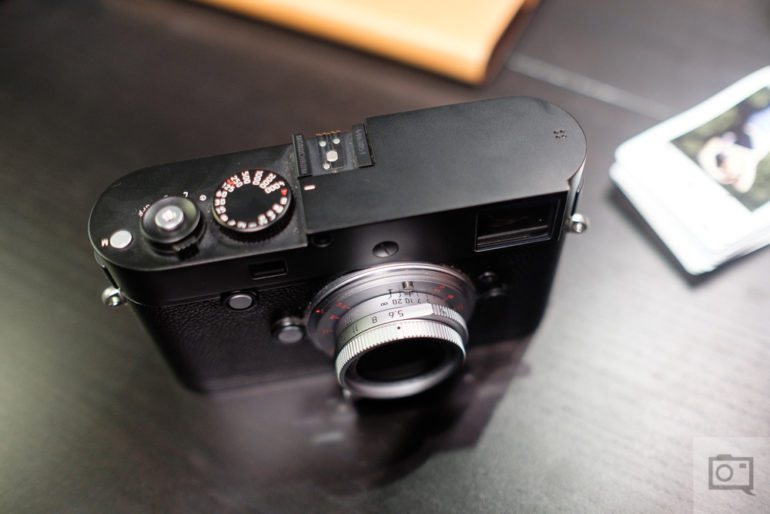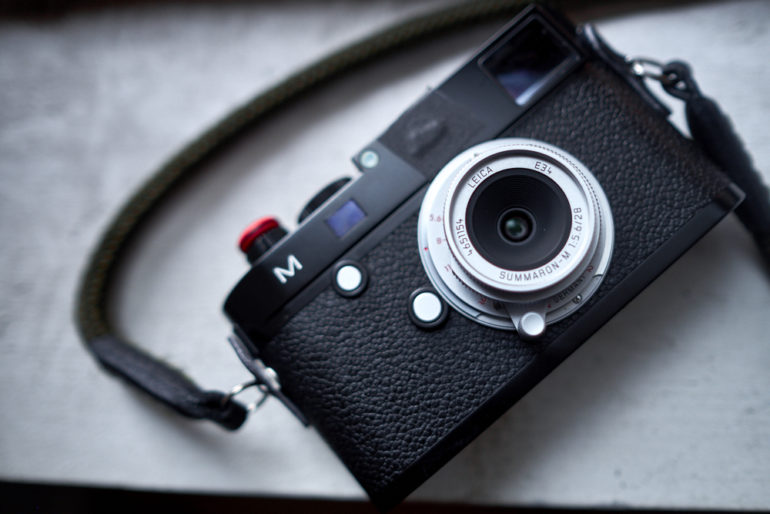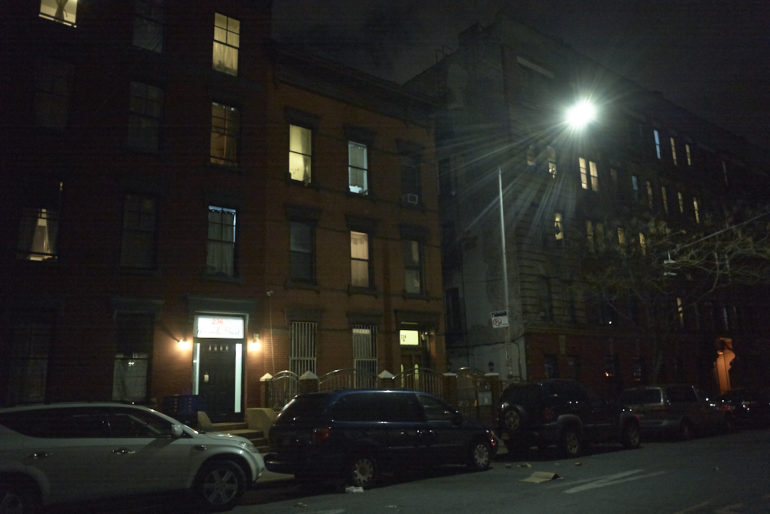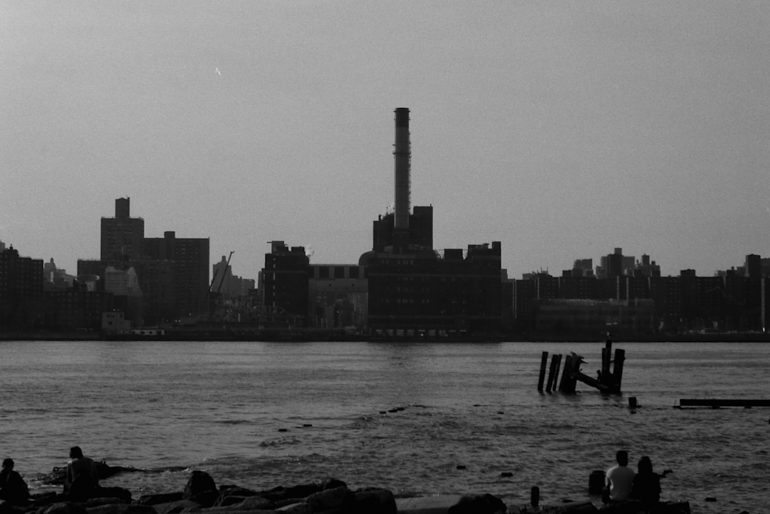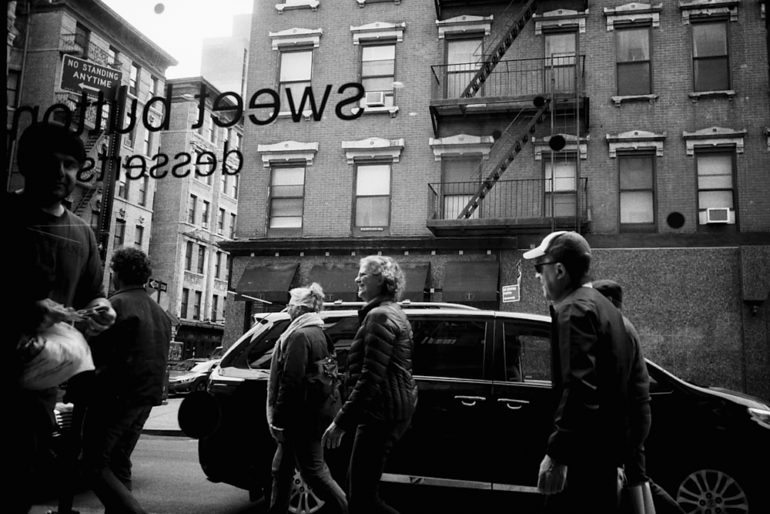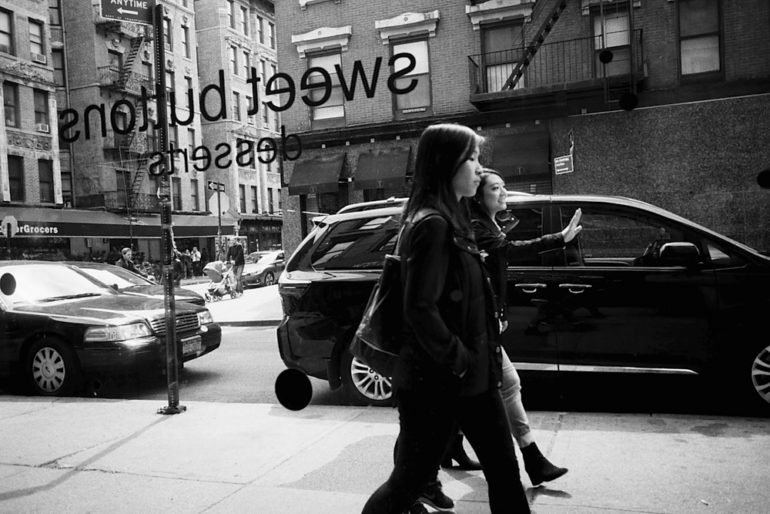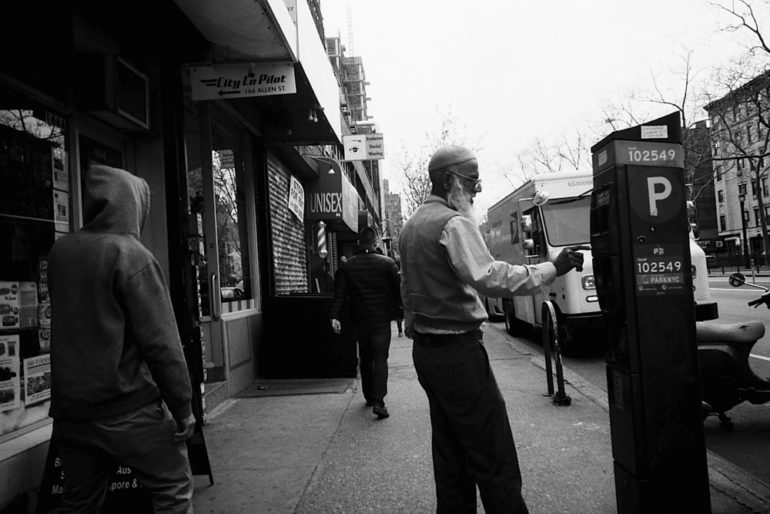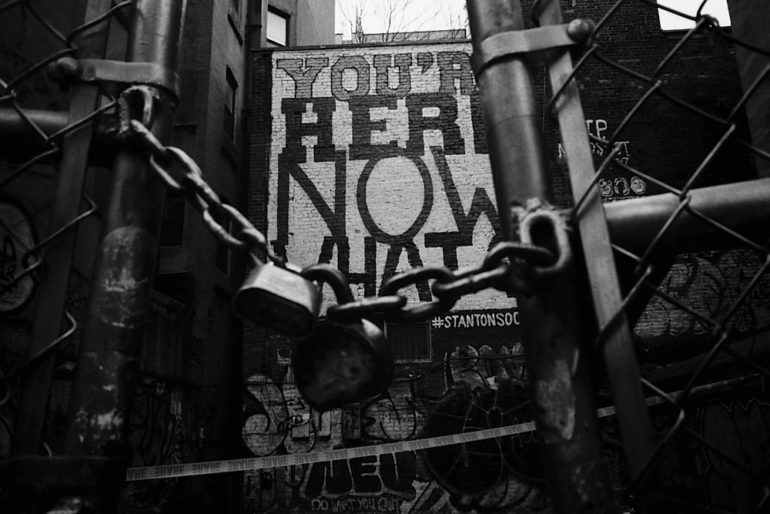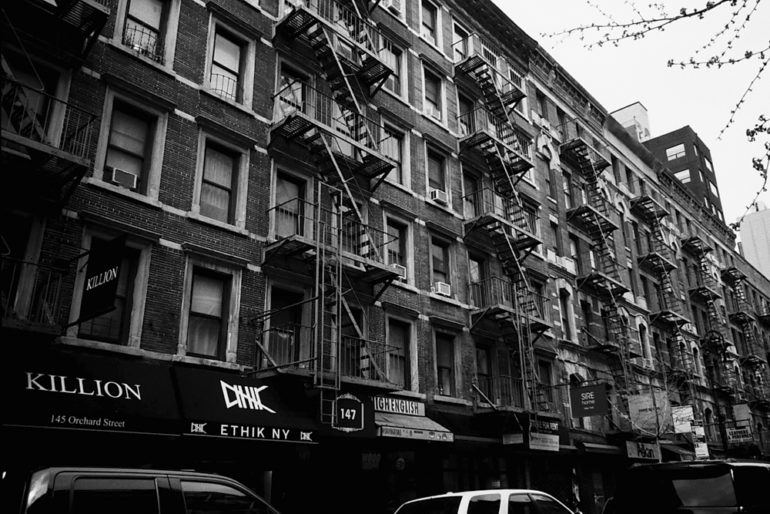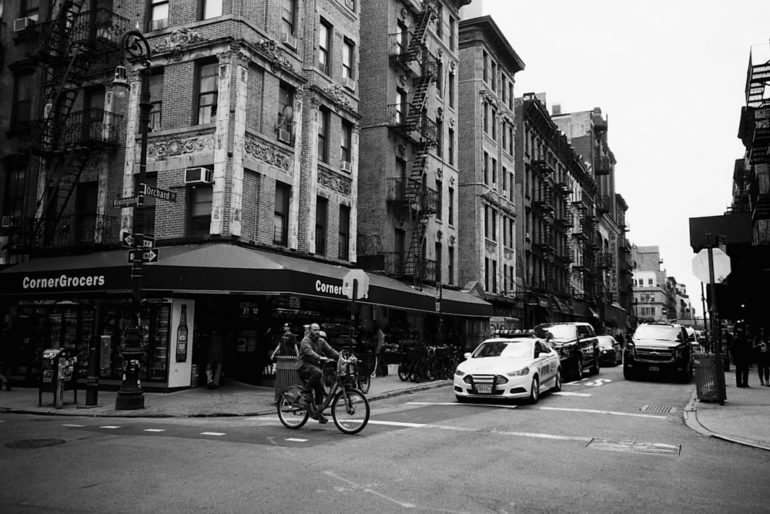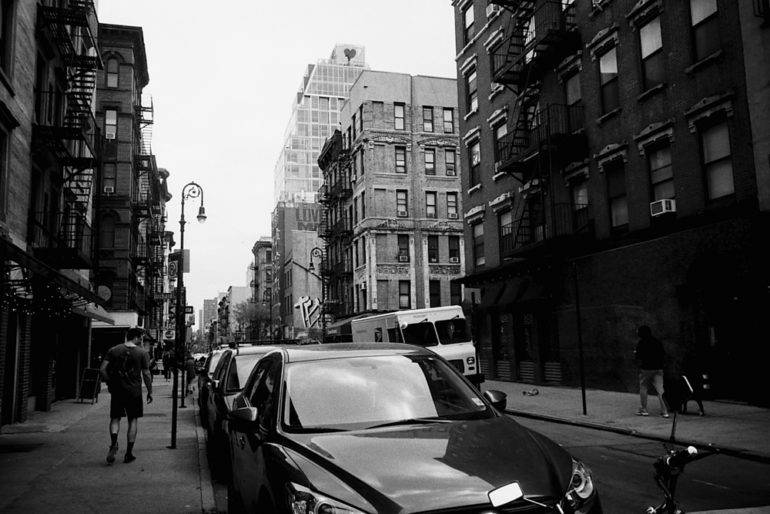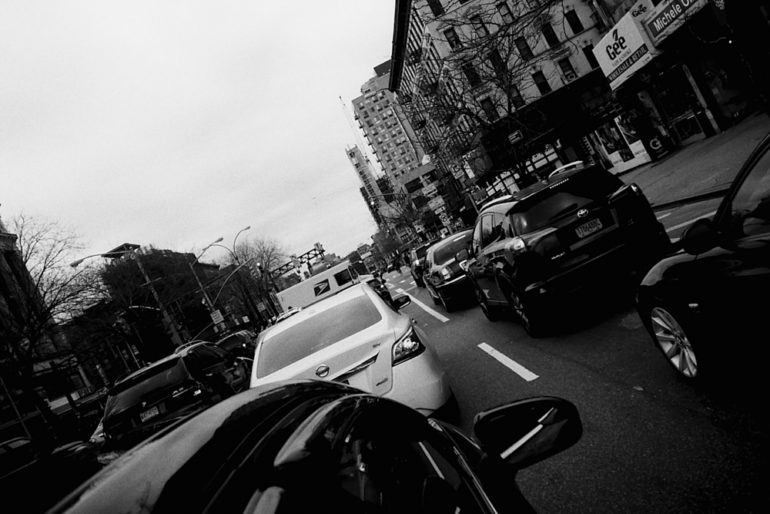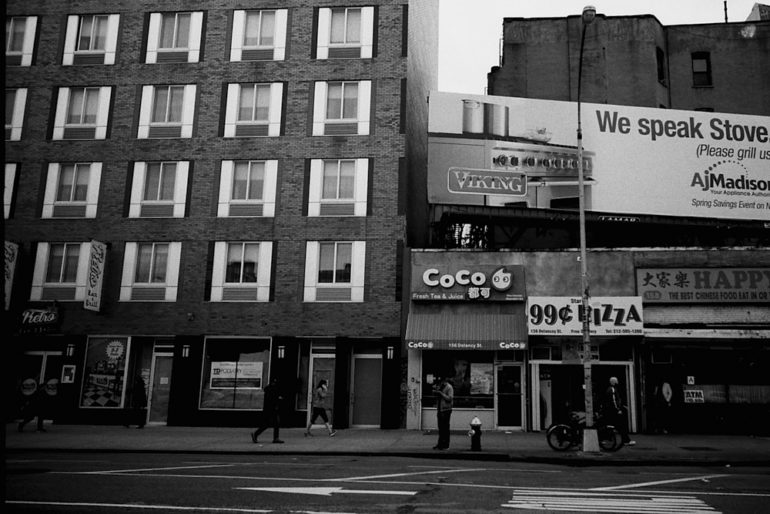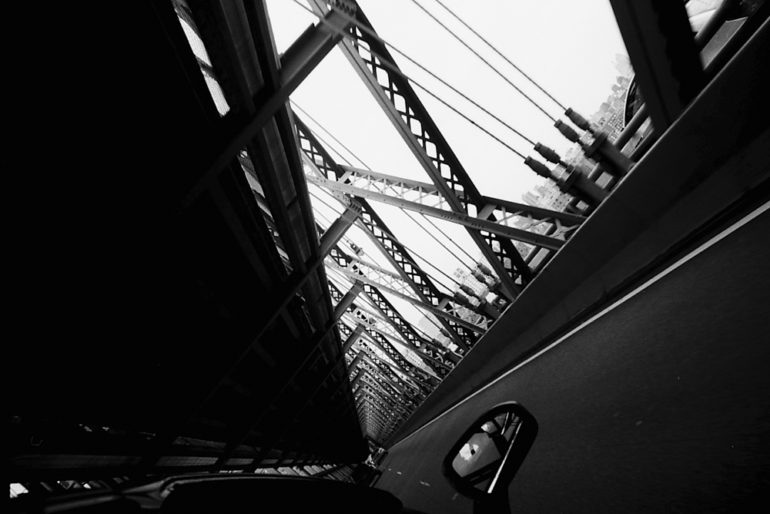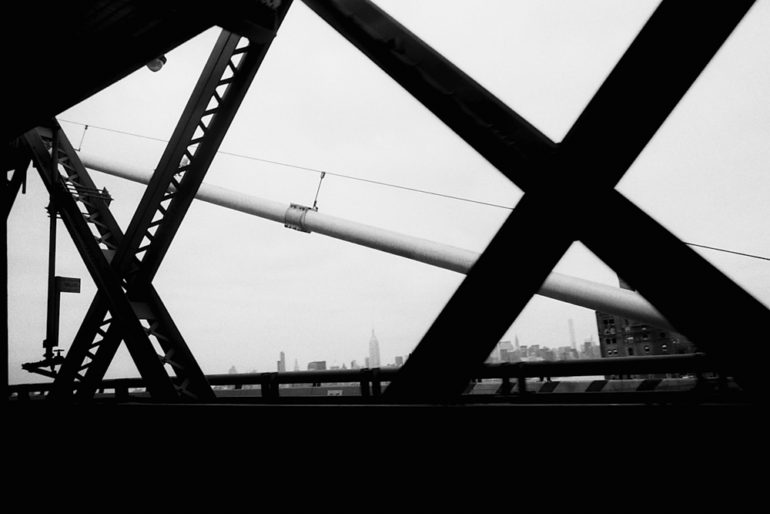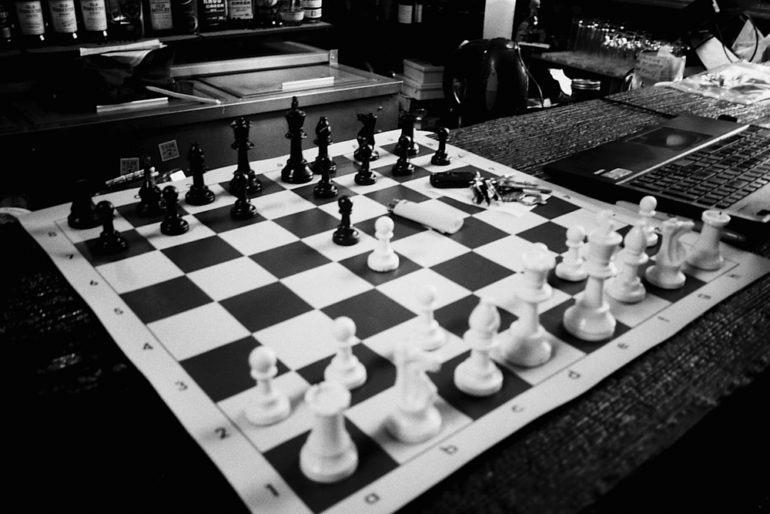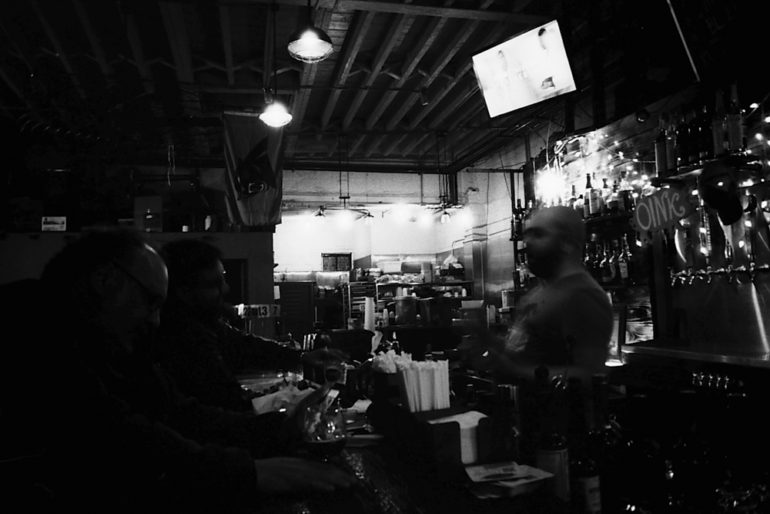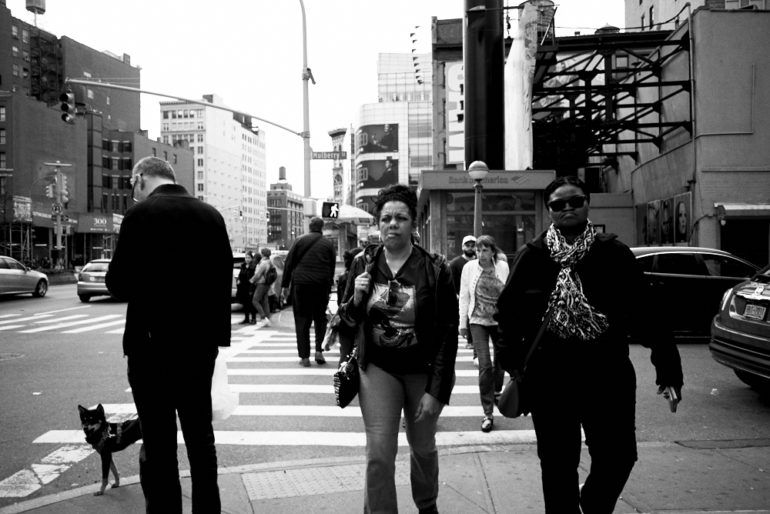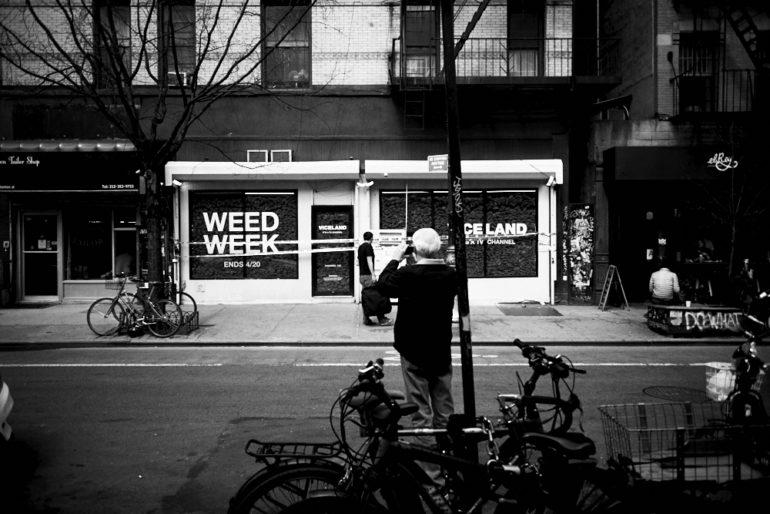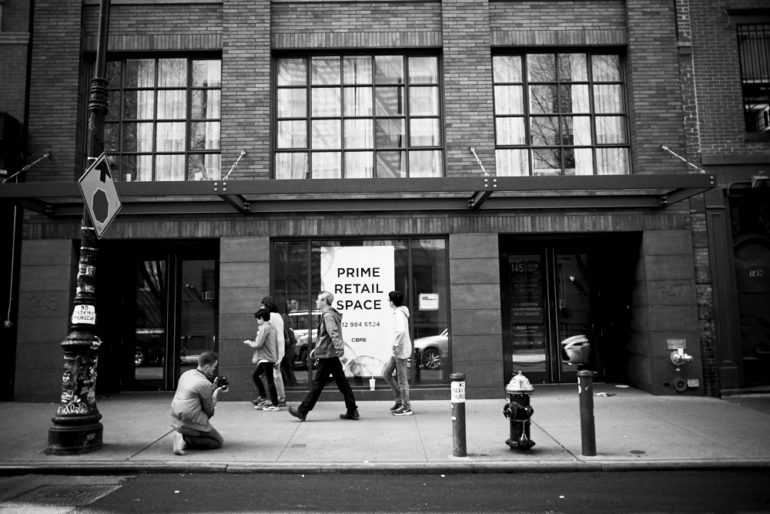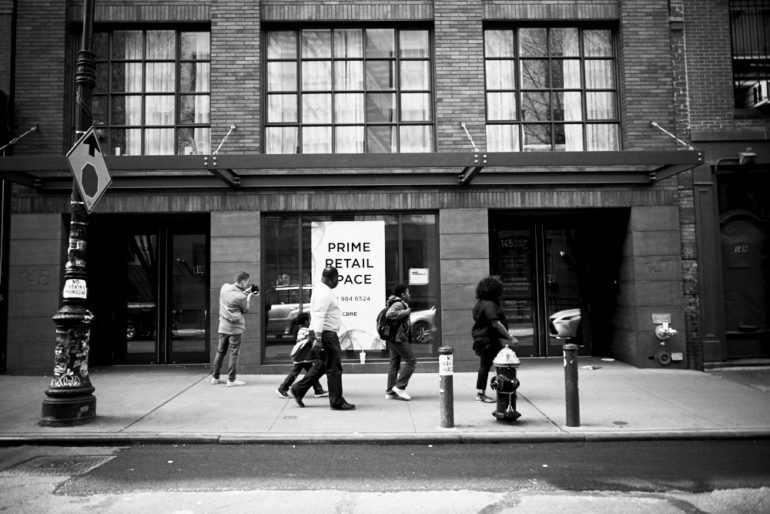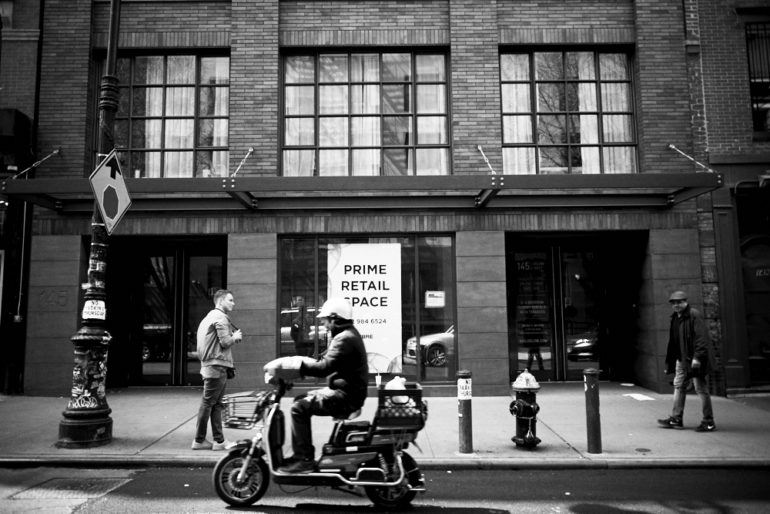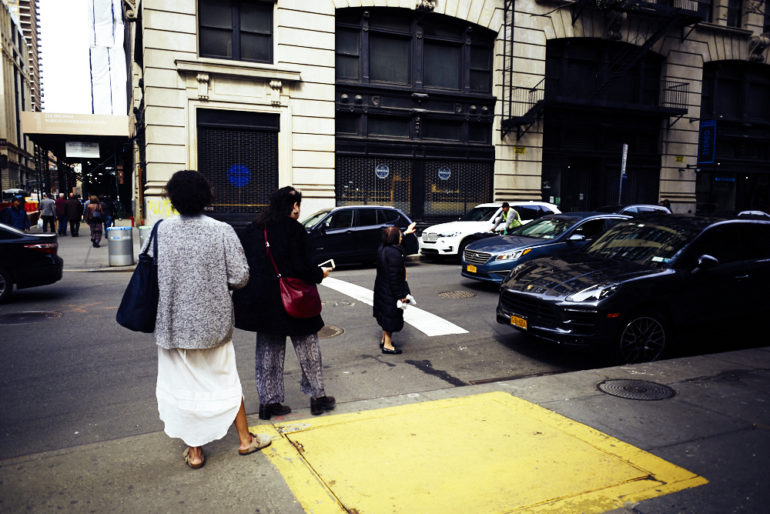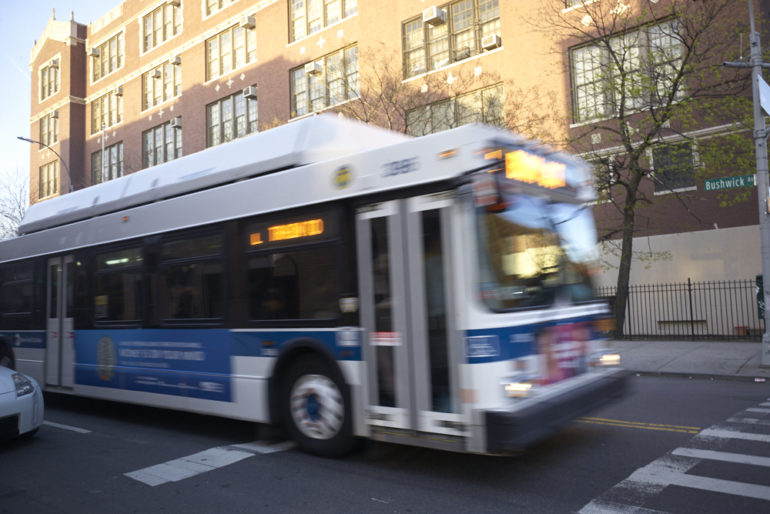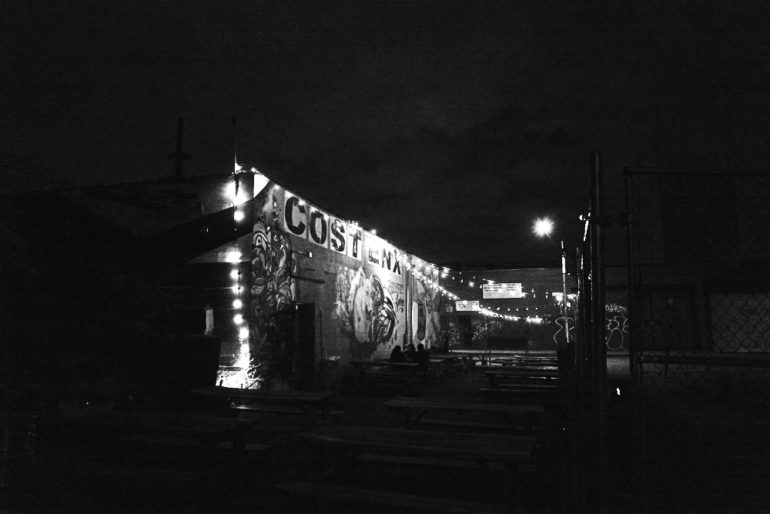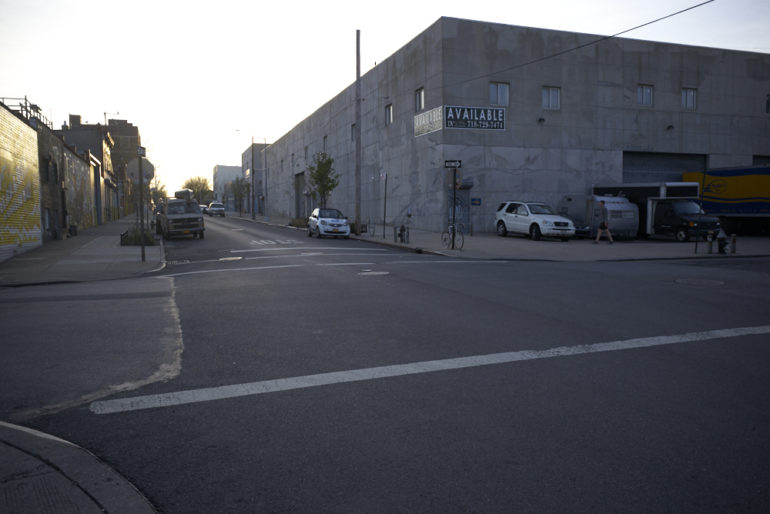Last Updated on 05/12/2017 by Chris Gampat
The Leica Summaron-M 28mm F5.6 is a lens that in many ways is bound to garner the love of many street photographers out there. One could easily think to themselves: why would someone go crazy over a small, slow prime lens? There are a lot of reasons beyond its more affordable price point. There’s the image quality–which is unlike anything I’ve seen from most modern lenses. Then there are things like the low profile and the fact that the fairly slow speed means that’s all you’re going to be using for street photography anyway. It’s a gorgeous lens if you’re into something smaller and a lot more classic–not only in the quality but also the operation.
And seriously, I have to hand it to Leica. The Leica Summaron-M 28mm f5.6 is designed more for the look: not to appease some DXO overlord.
Leica Summaron-M 28mm f5.6 Pros and Cons
Pros
- Very low profile build
- A very classic look to the image quality that I seriously wish more manufacturers did
- F5.6 is probably what I would use for street photography anyway
- Smooth operation
Cons
- Full stops for aperture, though if you’ve shot film that shouldn’t be an issue at all
- Weird zone focusing scale so it’s tough to figure out what you’ve got in focus
Gear Used
The Leica Summaron-M 28mm F5.6 lens was reviewed using the Leica M Type 240, Sony a7, Leica CL, Kodak Tri-X and Fujifilm Superia film.
Leica Summaron-M 28mm f5.6 Tech Specs
According to the Leica page listing:
“The optical design of 6 elements in 4 groups arranged symmetrically around the iris of the Leica Summaron-M 28 mm f/5.6 is identical to that of its ancestor. In contrast to the legendary classic, the new model features an M-bayonet mount with 6-bit coding to enable identification of the lens by the camera.”
Ergonomics
Taken from our first impressions post.
The Leica 28mm F5.6 lens has some very interesting and awesome design functions. When you look at the lens, you’ll notice it’s all silver with a very classic look. One of the most prominent features is the focusing tab. When turned all the way to one end, it can lock into place and then be released by pressing down on a button on the front of the focusing tab itself.
Besides focusing, you’re also going to be messing with the aperture ring. From my memory, the aperture ring is in full stops–which makes sense with the classic design.
Build Quality
This lens is made of metal. The front element is very buried and closer to the film plane/sensor. So by design, the lens body gives the front element a fair amount of protection.
The focusing tab locks at a certain point and can be released with a button. This is a solidly constructed lens.
Ease of Use
The Leica Summaron-M 28mm f5.6 is a pretty complex lens to use if you’re not careful. You’ll need to keep in mind that the zone focusing scale is on the lens itself–not the dials. So you’re going to need to look at the lens when changing your aperture and focusing to figure out how you’re going to shoot. It’s sort of backwards but once you’re set you’re all ready to go.
My personal wish is that when the lens locks itself into a position, I wish this spot were infinity.
In the streets, you’re essentially going to be zone focused anyway. No need for you to look through the viewfinder, focus, and then shoot. Honestly, I rarely did this. If anything, it works better with the EVF for the Leica M and the Sony a7.
Focusing
Focusing with the Leica Summaron-M 28mm F5.6 is done manually. If you’ve got a camera that is rangefinder coupled and provides 28mm frame lines, then you’re in luck. Otherwise, what I’ve had to do is focus out to a distance, bring the camera down just a bit and then shoot.
Image Quality
The Leica Summaron-M 28mm F5.6 has a very specific and very nice image quality to it. If you’re looking for something super contrasty and saturated, then look for Zeiss lenses. This isn’t going to do that. Instead, this lens is designed to give a very classic, though manicured, look. In fact, I wish more manufacturers made lenses like this.
Bokeh
Let’s start off with some obvious facts here. This is the Leica Summaron-M 28mm F5.6: the closest you’re focusing is around three feet. It’s not going to render any sort of serious bokeh. So you can kiss that goodbye.
Chromatic Aberration
You can expect a bit more flaring from this lens than with other modern lenses. However, for what it’s worth I really like flare. I find it insane that you can buy a piece of software that will engineer it into a lens when the Leica Summaron-M 28mm F5.6 has it built in to begin with.
In my tests though, I couldn’t find any major signs of fringing–which is nice.
Color Rendition
The color rendition for the Leica Summaron-M 28mm F5.6 is fairly muted. It’s classic and really nice on digital sensors. On a Sony sensor, it’s obviously going to be more saturated.
Here’s a photo that was shot with the Leica Summaron-M 28mm F5.6 using the Leica M Typ 240. The colors here are more saturated than normal, but that’s partially due to the sensor. Using processing, you can surely get more saturation from the lens and the images.
Sharpness
Wide open, the Leica Summaron-M 28mm F5.6 is pretty sharp, but I have to admit I’ve seen sharper Leica, Zeiss and Voigtlander lenses. Maybe this is part of the inherent look of the Leica Summaron-M 28mm f5.6. It’s not designed to be so clinical or to appease a DXO score rater.
Kodak Tri-x and the Leica 28mm f5.6
Extra Image Samples
Conclusions
Likes
- Small
- Colors
- Flare
- Low profile
- Great for street photography
Dislikes
- I wish it were easier to read and use the depth of field scale.
When the Leica Summaron-M 28mm F5.6 first came in for review, I wasn’t sure what I’d think of it. However, I’ve been making an effort to review more Leica lenses and I have to say this is one of my favorites by far. It’s at a decent price point and for that price point you’re getting a whole lot of adaptability,classic image quality, low profile and some solid build quality. I genuinely like the Leica Summaron-M 28mm F5.6 and one day when it hits the used market, I’ll probably pick one up.
The Leica Summaron-M 28mm f5.6 wins our Editor’s Choice award and five out of five stars.


